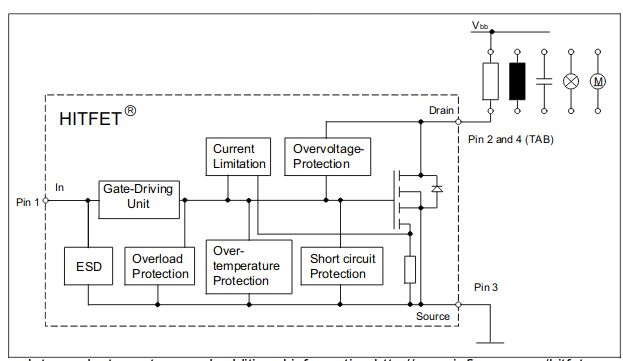Additional protection is probably not needed in many cases.
Adding more seldom hurts.
IF the OnSemi application note that you cite is applicable to the Infineon device that you cite (YMMV) and if the device has the same design criteria, then the information on pages 8 & 9 of the application note provide significant reassurance that you can abuse the device immensely without damage - the limit being (they say) being die heating 'in the normal manner'. In the OnSemi devices active protection is achieved by turning on the main switch when avalanche conditions are approached, but not reached. This results in energy dissipation in the switch in a(n apparently well enough) controlled manner. Again, YMMV with a device not covered by the application note.
Translation: The device does a very good job of protecting itself against anything half sensible you throw at it. There ARE limits - thermal design in the situation concerned is a major requirement.
FWIW: I used similar devices 20+ years ago.
I wondered about their response to to very high current faults.
I connected one across a car battery with thick short leads and operated it repeatedly.
No problems! It functioned perfectly subsequently in normal use. Impressive.
AND8202/D: Low-Side Self-Protected
MOSFET
They say:
"Fully protected low-side topologies incorporate all ClampFET features and add current
limitation and overtemperature shutdown circuits. All
topologies drive any type of resistive or inductive load such
as solenoids, heater coils, and filament bulbs limited only by
the current and thermal capability of the device. ...
There is a non fault operation mode where the overtemperature protection is not active and device failure is possible. When switching off an inductive load, the device
must absorb the energy stored in the load inductor, equal to
1/2 (Li2). For standard MOSFETs, this operation mode is known as Unclamped Inductive Switching (UIS). ...
This failure mode is the same for the HDPlus low-side
family of products, except these products use an active
self-clamping technique from gate to drain to clamp the
drain voltage below the avalanche breakdown voltage of the
device. Active clamping will be explained in the next
section, but essentially this technique, when used while
turning off an inductive load, is known as self-clamped
inductive switching (SCIS). The SCIS technique allows
more energy to be absorbed by a device than a comparable
device without active gate to drain clamping. However,
there is a limit to how much energy the part can absorb, again
limited by when the junction temperature exceeds the
intrinsic temperature of the silicon. The point to realize is
that during the SCIS event, the gate voltage is by definition
at ground potential. Thus the control circuitry for the device
is not biased and therefore the overtemperature limit circuit
is not functional. The maximum energy rating for each
device must be observed when switching inductive loads or
it is possible to experience device failure due to the die
junction temperature exceeding the intrinsic temperature. In
addition, even if the maximum energy rating is observed,
sufficient time between SCIS pulses must be allowed so that
the junction temperature can cool down back to the initial
starting junction temperature. Otherwise, the junction
temperature can ratchet up after each SCIS cycle, eventually
reaching the intrinsic failure temperature."

